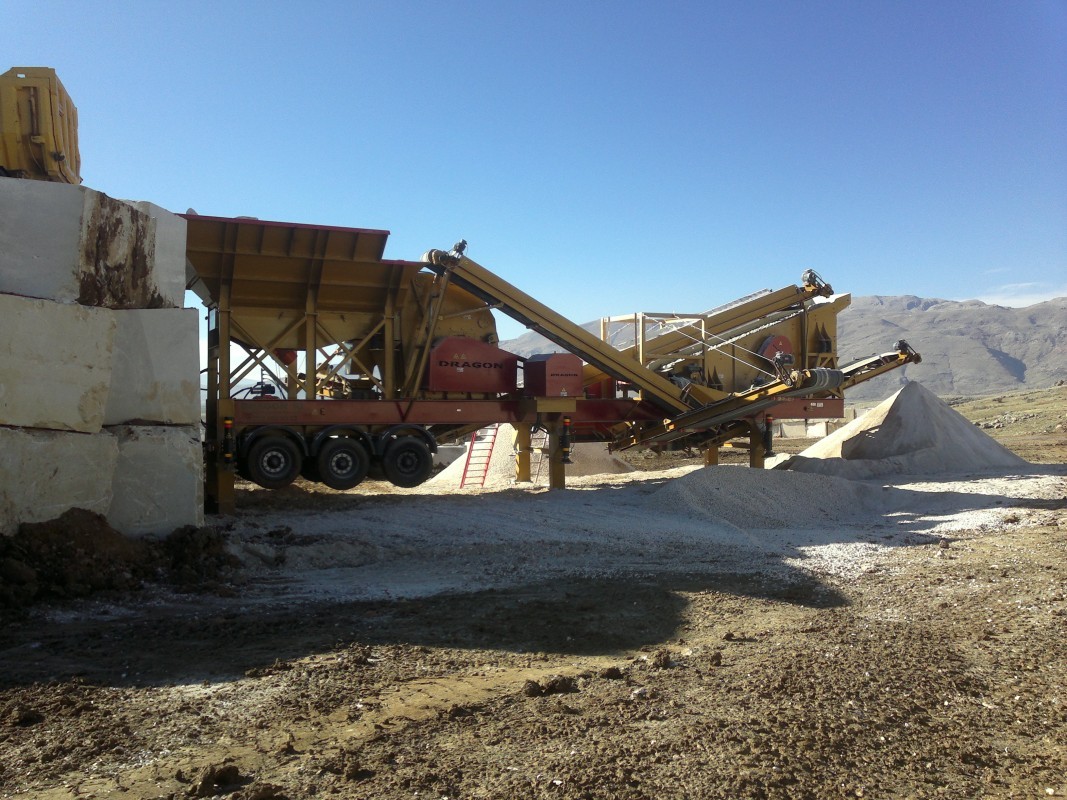A screening plant is an industrial facility or system designed to classify materials (sand, gravel, ores, recycled products, etc.) by particle size or remove unwanted impurities. These plants play a critical role in sectors like construction, mining, agriculture, recycling, and aggregate production. Their primary purpose is to ensure quality control, enhance efficiency, and prepare materials for specific applications by separating them into homogeneous sizes.
How Does It Work and What Is Its Purpose?
Components:
Vibrating Screens: Core equipment with multi-layered sieves for size separation.
Feeding Units: Hoppers or conveyor belts that evenly distribute materials.
Crushers (Optional): Pre-crush large chunks to improve screening efficiency.
Dust Suppression Systems: Minimize airborne particles for environmental compliance.
Automation Systems: PLC controls to optimize operations.
Operational Steps:
Material Feeding: Raw material (e.g., mixed sand-gravel) is loaded via conveyor belts or buckets.
Pre-Screening (Optional): Initial removal of oversized debris (rocks, plastics).
Coarse & Fine Screening: Vibrating screens separate materials into size fractions (e.g., 0-5 mm, 5-15 mm, 15-30 mm).
Storage & Transport: Sorted materials are stored in stockpiles or sent directly to production lines.
Applications:
Construction: Producing clean, graded sand/gravel for concrete.
Mining: Ore enrichment and waste material separation.
Recycling: Sorting plastics, glass, or construction debris by size.
Agriculture: Soil purification or fertilizer screening.
Advantages:
High-capacity continuous operation.
Labor and time efficiency.
Eco-friendly designs (water-based or closed-loop systems).
 English
English
 Le français
Le français
 Türkçe
Türkçe

